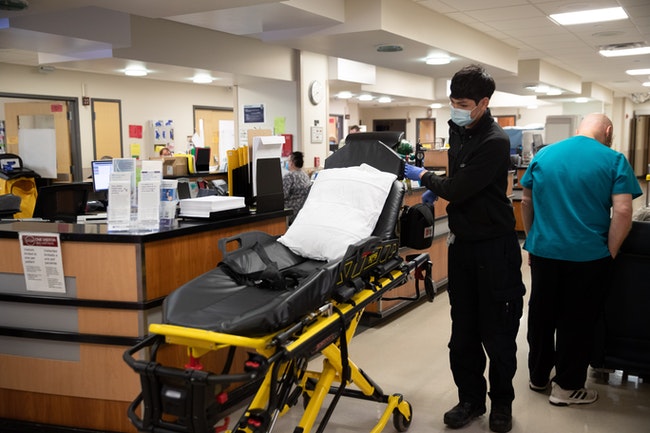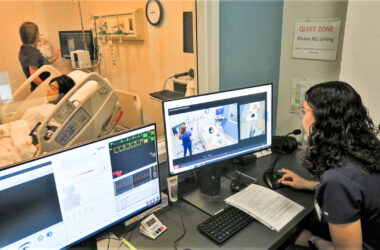The cost of health care continues to increase in Oregon, forcing residents to dig into their savings, forgo care and rack up medical debt, according to a state report.
The state spent about $31 billion on health care in 2021, according to a study released Thursday by the Oregon Health Authority. That averages out to households spending 22% of their budget on insurance premiums, prescription drugs and over-the-counter items – or nearly $8,000 a year per person.
That marks a 40% increase since 2013, when residents spent just over $5,600 a year on health care, the report said. But on a yearly basis, costs only rose 3.5% between 2020 and 2021, close to a state target, the report found.
In 2019, the legislature established a program to curb skyrocketing health care costs. As part of that program, which monitors yearly spending and prices and produces reports like this one, officials set a limit on the growth in health care cost at 3.4% a year between 2021 and 2025 and 3% from 2026 to 2030.
The report found that rising costs have affected some communities more than others, with those earning the least hit the hardest. It is based on a statewide survey, along with other data.
A survey showed that about one-third of Oregonians struggled to pay their medical bills in 2021, with some people racking up credit card debt, diving into savings, borrowing money or not paying for necessities like food, housing or utilities. And 13% had to deal with a collections agency.
The report showed a demographic split among those who used all their savings on medical bills: 18% of Latinos were in that camp along with 16% of Indigenous people, while 9% of white residents depleted their savings.
Though Oregon has a relatively high health insurance rate – just over 95% – the study said that an estimated two out of five residents were underinsured and that 7% did not have medical care they needed because they couldn’t afford it.
“The data clearly show that high health care costs lead directly to delayed care,” the Oregon Health Authority said in a release. “Approximately one-third of Oregon adults surveyed said they skipped needed dental care, delayed going to a doctor or avoided care due to costs. One in four adults said they skipped doses of medicine or did not fill a prescription due to the expense.”
One of the biggest culprits is the cost of health insurance premiums, which continue to rise. In 2021, a single person paid about $7,400 a year in premiums, the report found, while family plans rose to $20,900 – both rising by about a third since 2013.
People who normally would not be affected by rising health care costs earned 138% or less of the federal poverty level in 2021: $17,600 annually for a single person and $36,200 for a family of four. The 138% mark is the maximum income requirement for Medicaid. Known as the Oregon Health Plan, it’s free. Members don’t pay premiums, deductibles or copayments. But the study found that many low earners struggled to pay their medical bills.
It’s not clear why they didn’t sign up for Medicaid. When asked, more than 40% of those without health insurance said they didn’t sign up because they were concerned about the high cost of coverage.
Comment on report
The health authority is holding a Zoom hearing on the report on Thursday, Sept. 14, starting at 9 a.m. The comment period starts at 11:40 a.m. You can email comments to [email protected].
For more information, check out the program’s webpage.
Oregon Capital Chronicle is part of States Newsroom, a network of news bureaus supported by grants and a coalition of donors as a 501c(3) public charity. Oregon Capital Chronicle maintains editorial independence. Contact Editor Lynne Terry for questions: [email protected]. Follow Oregon Capital Chronicle on Facebook and Twitter.
STORY TIP OR IDEA? Send an email to Salem Reporter’s news team: [email protected].









